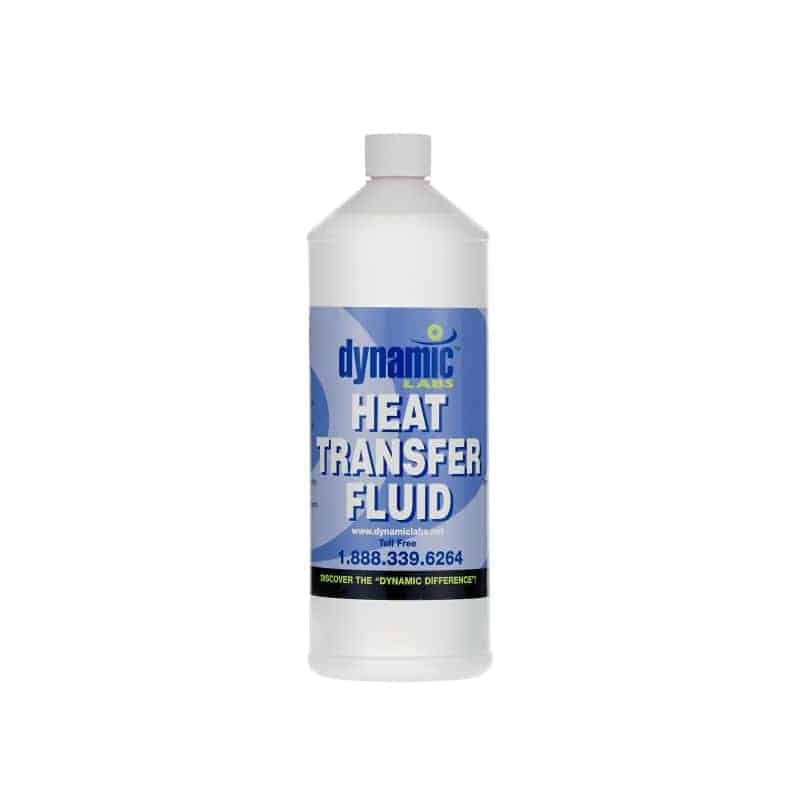Why Selecting the Right Heat Transfer Fluid Is Critical for Optimal System Effectiveness
Picking an ideal warmth transfer fluid is a critical choice that can substantially affect system effectiveness and operational expenses. As the effects of this option prolong much beyond prompt performance, recognizing the nuances of fluid selection comes to be essential for anyone looking to attain optimal system efficiency.
Significance of Heat Transfer Fluids
What duty do warmth transfer fluids play in industrial processes? Warmth transfer fluids are vital for the efficient transfer of thermal power within numerous industrial systems.
The choice of warmth transfer liquid can dramatically impact power performance, equipment, and safety and security longevity. Fluids have to can standing up to heats and pressures without deteriorating, along with display marginal volatility and reduced toxicity. Their efficiency directly influences not just the productivity of the system however additionally its operational costs.
Moreover, warmth transfer fluids play a crucial role in preserving procedure control, making sure that temperature variations are reduced. This is specifically crucial in delicate applications such as pharmaceuticals and petrochemicals, where accurate temperature administration is crucial. On the whole, the value of selecting the best warmth transfer fluid can not be overstated, as it is integral to optimizing commercial procedures and enhancing overall system performance.
Key Quality to Consider
When selecting a warmth transfer fluid, which vital buildings should be focused on to ensure ideal performance? Most importantly, thermal conductivity is essential; a fluid with high thermal conductivity will successfully move heat, lessening power loss. In addition, the certain warmth ability of the liquid is essential, as it establishes how much energy the liquid can store and launch, influencing overall system responsiveness.
Thickness is another substantial home to take into consideration, as it influences the fluid's flow qualities; reduced viscosity liquids are typically chosen for much easier blood circulation and lowered pumping power. The fluid's temperature range is similarly crucial; it must do successfully within the functional temperatures of the system without evaporating or degrading.
Chemical security is vital to protect against destruction gradually, which can result in system ineffectiveness and potential failings - heat transfer fluid. Moreover, compatibility with system products ought to not be overlooked to prevent deterioration or damages to parts. Consider the ecological effect and security account of the fluid, as policies and sustainability objectives significantly influence fluid choice. By focusing on these key residential or commercial properties, one can pick a heat transfer fluid that boosts system durability and reliability.

Effect On System Efficiency
The choice of warm transfer fluid straight influences system efficiency, affecting both power intake and operational efficiency. A liquid's thermal conductivity, thickness, and warm capability play pivotal duties in just how efficiently it transfers warmth within a system. Optimal fluid residential or commercial properties ensure that warmth is taken check this site out in and distributed effectively, reducing energy losses and improving the total performance of the system.

Furthermore, the compatibility of the liquid with system materials can significantly impact efficiency. A liquid that causes corrosion or destruction can bring about leakages and system failings, further decreasing performance. In recap, the appropriate heat transfer fluid not only makes the most of power efficiency and reduces expenses but also enhances the reliability and longevity of the system, making it an important factor to consider for designers and decision-makers in thermal administration applications.
Usual Kinds Of Heat Transfer Fluids
A selection of warmth transfer fluids are commonly employed in thermal management systems, each with distinctive properties suited to certain applications. Water is just one of the most widely used warm transfer liquids as a result of its high details warm capability, affordable, and availability. However, its cold point limits its usage in low-temperature applications.
Thermal oils, often stemmed from oil, are another popular selection, particularly in high-temperature systems. These liquids can operate at elevated temperature levels without vaporizing, making them excellent for industrial applications. They might have restrictions worrying thermal security.
Refrigerants, made use of primarily in cooling systems, have one-of-a-kind thermodynamic residential properties that enable efficient warm transfer at low temperatures. Their choice is important to guarantee effectiveness and conformity with ecological regulations.

Additionally, stage modification materials (PCMs) are gaining grip for their capability to soak up and launch considerable amounts of warmth throughout stage shifts, supplying an unique remedy for thermal energy storage. Each liquid's details characteristics must be reviewed for ideal efficiency.
Best Practices for Choice
Picking the suitable warmth transfer liquid entails mindful factor to consider of several crucial variables that align with the certain demands of the application. First, assess the functional temperature array. The liquid must preserve its buildings and efficiency across the intended temperature level range. Second, consider the fluid's thermal conductivity, which influences warm transfer rates; greater thermal conductivity usually leads to enhanced efficiency.
Additionally, review the liquid's viscosity, click this link as it affects pumping power and total system performance. Reduced viscosity fluids typically reduce energy usage throughout circulation. Compatibility with system products is one more essential element; guarantee that the liquid does not create corrosion or degradation of parts and pipes.
Next, take into consideration the fluid's stability and longevity, particularly in high-temperature applications. A secure fluid minimizes upkeep and replacement costs. Lastly, ecological and security laws need to direct your option procedure, emphasizing environmentally friendly and safe alternatives when possible.
Conclusion
In verdict, choosing the suitable warm transfer liquid is vital for attaining optimum system effectiveness. The right liquid improves thermal conductivity, minimizes power losses, and promotes devices durability, eventually leading to enhanced system integrity and efficiency.
Warmth transfer fluids are essential for the effective transfer of thermal power within different commercial systems. Additionally, the certain heat capacity of the fluid is crucial, as it determines how much energy the fluid can release and save, affecting total system responsiveness.
Take into consideration the environmental impact and safety and security account of the liquid, as guidelines and sustainability objectives significantly affect fluid option - silicone oil. A fluid's thermal conductivity, viscosity, and warmth capacity play pivotal roles in how efficiently it transfers heat within a system. Water is one of the most extensively utilized warmth transfer liquids due to its high specific heat capability, low expense, and schedule
 Shaun Weiss Then & Now!
Shaun Weiss Then & Now! Tia Carrere Then & Now!
Tia Carrere Then & Now! Erik von Detten Then & Now!
Erik von Detten Then & Now! Brooke Shields Then & Now!
Brooke Shields Then & Now! Ryan Phillippe Then & Now!
Ryan Phillippe Then & Now!